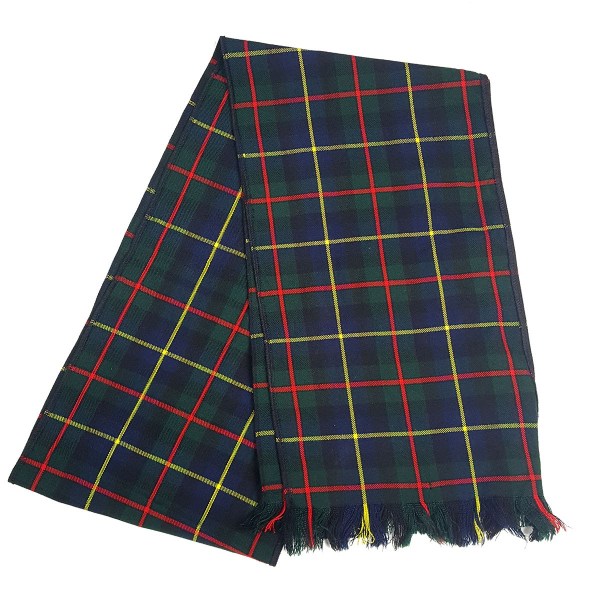The Top 4 Celtic Clothing Traditions
Jul 21, 2020 04:18
The Celtic nations of Ireland, Wales, the Isle of Man, Brittany, and Scotland dictate clothing fashions from their unique historical traditions. Some forms of clothing date back to the 16th century and are still fashionable today. Here are the main Celtic clothing traditions of the past and today.

1) Kilts
Speak of a kilt, and the mind goes to Scotland. It is because the two are closely related as Scottish men traditionally wore the kilt. Later the Irish also embraced the tradition, and the two hold the cloth in high esteem.
The tartans help differentiate the kilts, whether Irish or Scottish. The Irish ones identify districts or counties the wearer is from. At the same time, the Scottish tartans identify an individual from a certain family or clan. Other tartans represent police, military, or members of a royal family.
Any Scottish patriot wears a kilt to identify themselves from the clan they come from and thus signify honor. The kilt is still a national dress to natives of Scotland.
Many fashion lovers have embraced the culture and are adorning the kilts on special events. You can visit Kilts n Stuff for custom-made kilts that fit your taste. It is no longer a preserve for men as women and children can still rock in it.
2) Kilt Jackets
The jackets go hand in hand with a kilt, thus the name kilt jacket. The Prince Charlie kilt jacket fits a formal occasion such as a formal dinner or wedding, and you can pair it with a bow tie and wing collar shirt. The jacket comes with heavy decorations such as tails at the back, sleeves, and the front adorned with ornate buttons.
The Araca or Braemar jacket is a traditional outfit that is still in fashion today. It comes with a waistcoat consisting of five buttons to give it a polished and fresher look. Whether to attend a formal or casual occasion with the Braemar depends on what you opt to wear underneath.
The other kilt jacket is Argyll, which you can wear to casual or formal occasions by pairing it with a necktie and collar shirt. Compared to the Prince jacket, the Argyll is less formal. The Argyll has its unique decorations on the gauntlets and pocket flaps with the rear having none.
3) Ghillies Shoes
Made from rawhide, the ghillies, also known as pampooties, originated from Ireland in the 16th century. Later in the 17th century, the ghillies had heels added to them. They were initially worn to go fishing or deer hunting.
The initial design had holes that were to allow water to pour out if it entered in them. With time, the holes were serving decorative purposes, and wax was polished to waterproof them. Today the ghillies or brogues are low-heeled boots or shoes made of leather with decorative holes.
4) Highland Bonnet
The kilt signifies Scottish tradition to the world, and so does the highland bonnet. In the 16th century, the bonnet referred to the material used to make the cap and later became the official name. Also known as the Balmoral bonnet or Scotch cap, the cap can fit either a formal or informal Highland dress.







































































